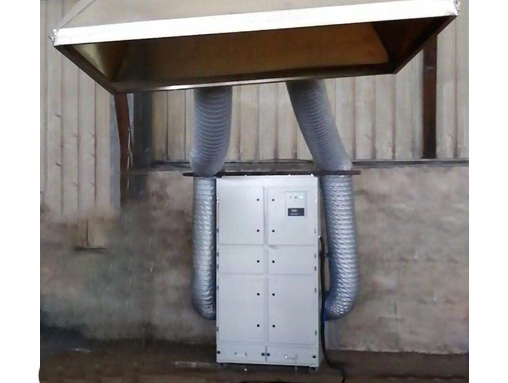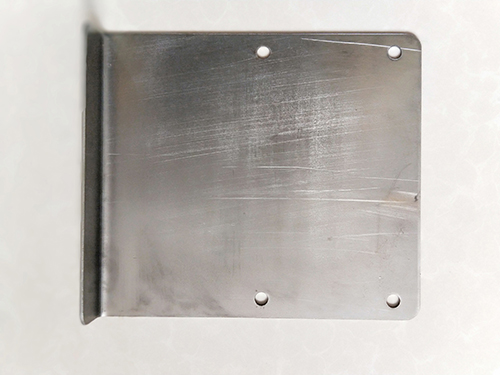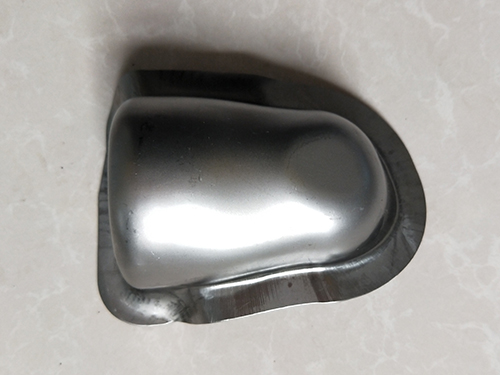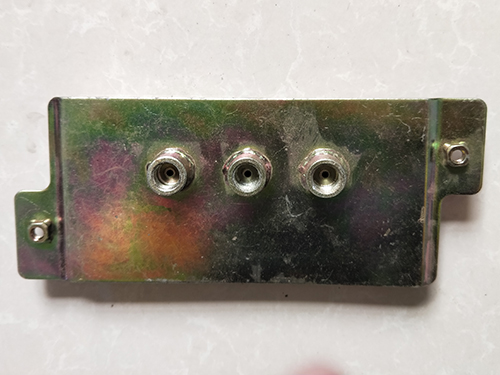Common Fault Diagnosis and Maintenance Techniques for Automotive Braking Systems
The braking system of a car is an important device for driving, so we should understand the working principle of the braking system, conduct timely maintenance of the braking system, analyze and eliminate any faults that occur, detect and solve problems early, and improve the driving performance of the car.
1、 Common faults and diagnosis of braking system
The common faults of hydraulic brake systems determined by the structure and principle of hydraulic brake systems include brake failure, brake failure, brake deviation, and brake drag. When the braking system malfunctions, it should be analyzed and eliminated in a timely manner.
1. Brake failure
The fault phenomenon of brake failure is that when a car is braking while driving, the vehicle does not slow down and repeatedly steps on the brake pedal, but the car does not have a significant deceleration effect. The main reasons are: insufficient brake fluid, loose and leaking pipeline joints, and pedal brackets; Poor connection with the master cylinder, poor sealing effect of the master cylinder or wheel cylinder, and the presence of air in the braking system can all affect the normal working pressure of the system, fail to meet the specified hydraulic value, and cause brake failure faults. When brake failure occurs, it is necessary to promptly check whether the brake fluid level is within the specified range, check whether the brake pedal is loose, check whether the hydraulic pipeline is leaking, and troubleshoot.
2. Brake failure
The fault phenomenon of ineffective braking is that when the car brakes, the braking efficiency of the braking system cannot meet the requirements, the braking distance is too long, and the driving performance of the car is reduced. The main reasons for ineffective braking are: excessive free travel of the brake pedal, inadequate quality of brake fluid, insufficient brake fluid, air mixed in the system, poor sealing effect and leakage of the brake system, excessive clearance between the brake shoes and drums, inadequate braking efficiency, and excessive wear of the friction pads. When brake failure occurs, it is necessary to promptly check whether the brake fluid level meets the requirements, check the free stroke of the brake pedal and adjust it. If the quality of the brake fluid does not meet the requirements, it should be replaced in a timely manner. If air is mixed in the brake fluid, exhaust treatment should be carried out in a timely manner according to the operating procedures.
3. Brake deviation
The fault phenomenon of brake deviation refers to the automatic deviation of the driving direction of the car during braking, which is not controlled by the driver. The fundamental reason for brake deviation is that the braking force on both sides of the car's wheels is not equal or the time for generating braking force is different. When brake deviation occurs, the air pressure and wear level of the car tires should be checked first to ensure they meet the requirements, otherwise the tires should be replaced. At the same time, it is necessary to promptly determine the wheels with poor braking force based on the direction of tire deviation and the tire marks during braking, and conduct inspection, adjustment, and maintenance.
4. Brake drag
The phenomenon of brake drag refers to the inability to release the wheel braking force in a timely manner after the brake pedal is released, which affects the normal driving and starting of the car. The main reasons for brake drag are: pedal free travel, small brake clearance, insufficient elasticity of the return spring, etc., resulting in poor return of the brake shoe friction plate, continuous contact and friction, which affects the normal driving of the car. The main cylinder piston and wheel cylinder piston of the system are stuck in motion or the oil return pipe is not smooth, the brake base plate is loose, and there is sticking inside the vacuum booster. When brake drag occurs, the free travel should be checked in a timely manner to meet the requirements and adjusted in a timely manner. If the brake base plate is loose, it should be re tightened, and if the return spring has insufficient elasticity, it should be replaced in a timely manner. Check the working condition of the booster. If it is stuck, replace the assembly. If the brake master cylinder and wheel cylinder are blocked or stuck, they should be promptly unblocked and replaced.
2、 Maintenance of the braking system
Based on the structural composition and working principle of the hydraulic brake system, it can be analyzed that the common faulty parts of the hydraulic brake system mainly include the brake master cylinder (master cylinder), wheel brakes, and pipelines.
When conducting maintenance on the brake system, analysis should start from the following aspects. (1) Check if the free travel of the brake pedal meets the requirements. If it exceeds the specified range, adjustments and maintenance should be carried out according to the requirements. (2) Check whether the brake fluid volume is sufficient, whether the hydraulic pressure of the system meets the original factory regulations, and whether the hydraulic pipelines and joints of the system are loose or leaking. If so, they should be replaced and repaired in a timely manner. (3) Whether the braking efficiency of the left and right wheel brakes is consistent, whether the braking pressure is consistent, whether the clearance between the shoes and drums is consistent, and whether the elastic force of the return spring is consistent. (4) If air is mixed into the hydraulic brake system, exhaust treatment should be carried out immediately. The exhaust of the braking system can be done using tools and instruments, or manually. (5) Whether the adjustment of other parts of the braking system meets the requirements.







